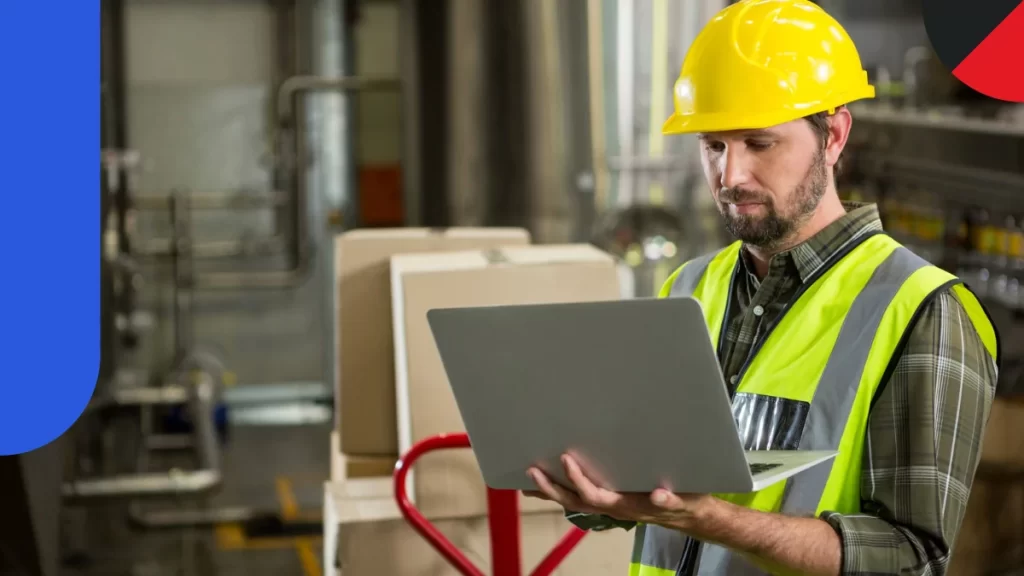Drones and Robots – The Future of Autonomous Delivery Logistics
The future of autonomous delivery logistics is undoubtedly intertwined with the evolution of drones and robots. These cutting-edge technologies are poised to revolutionize the way goods are transported, offering unprecedented efficiency, speed, and cost-effectiveness. Drones, with their ability to navigate through airspace swiftly, are particularly promising for last-mile deliveries. In urban environments, where traffic congestion poses a constant challenge, drones can soar above the gridlock, ensuring timely deliveries and reducing the carbon footprint associated with traditional delivery vehicles. Similarly, ground-based robots are emerging as formidable contenders in the autonomous delivery landscape. These robots are designed to navigate sidewalks and pedestrian pathways, adeptly avoiding obstacles and delivering packages with remarkable precision. Their compact size and agility make them ideal for navigating densely populated urban areas, offering a solution to the logistical challenges posed by narrow streets and crowded sidewalks.

With advancements in artificial intelligence and sensor technologies, these robots can autonomously plan routes, identify obstacles, and adapt to dynamic environments, ensuring the safety of both the robotic delivery agent and pedestrians. The integration of drones and robots into delivery logistics also holds the promise of reducing operational costs for businesses. Traditional delivery methods often involve large fleets of vehicles, extensive fuel consumption, and a significant human workforce. In contrast, autonomous systems require less manual intervention, reducing labor costs, and optimizing resource utilization of lalamove driver income philippines. Furthermore, the use of electric-powered drones and robots contributes to a greener and more sustainable delivery ecosystem, aligning with the growing global emphasis on environmentally friendly practices. However, the widespread adoption of autonomous delivery technologies also raises concerns and challenges.
Regulatory frameworks must be developed and refined to ensure the safe integration of drones and robots into public spaces. Privacy issues, airspace management, and the potential for job displacement are among the multifaceted challenges that need to be addressed collaboratively by governments, industry stakeholders, and the public. Striking a balance between innovation and responsible implementation is crucial to harnessing the full potential of autonomous delivery logistics. In conclusion, drones and robots represent the future of autonomous delivery logistics, offering a transformative approach to the transportation of goods. Their ability to navigate challenging urban environments, coupled with the potential for cost savings and environmental benefits, positions them as key players in the evolution of the delivery industry. While challenges exist, proactive collaboration between technology developers, policymakers, and the public can pave the way for a seamless integration of these innovative solutions, ushering in a new era of efficient, sustainable, and autonomous delivery logistics.